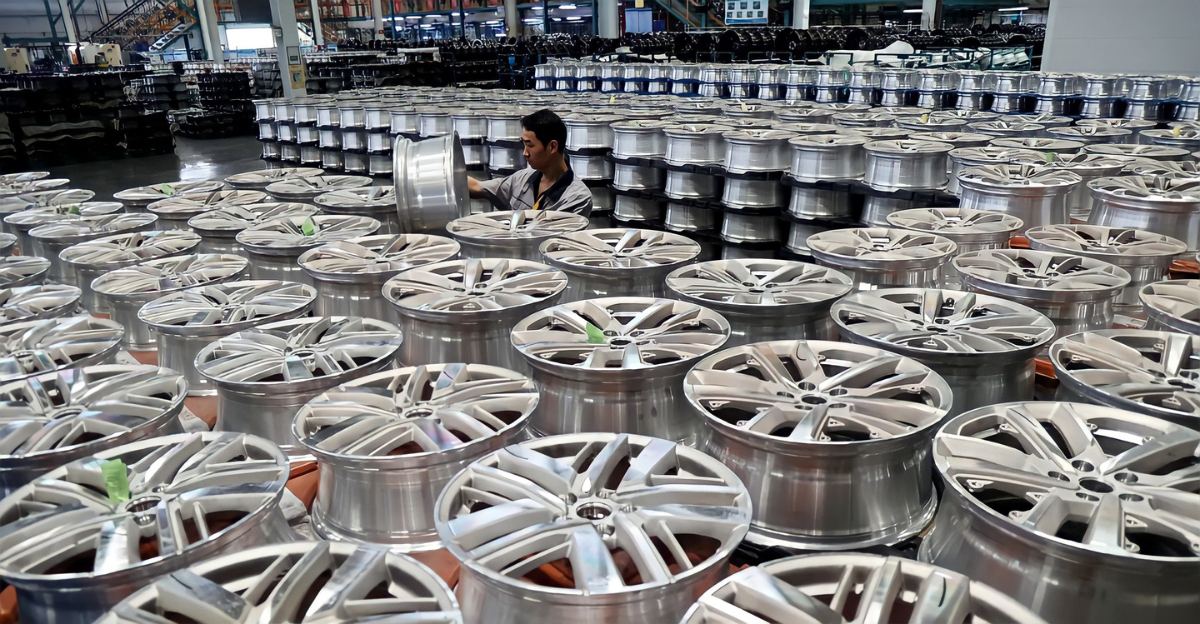
On February 11, a Delaware court approved American Tire Distributors’ sale to its lenders, wiping out $1.3 billion in debt. But Wall Street barely reacted. What really made waves was Goodyear’s June 3 decision to pull Cooper and Mastercraft, followed by Michelin’s June 16 letter cutting off supply.
ATD, with 110-plus warehouses and 1,400 trucks, suddenly couldn’t guarantee top-tier brands. This shook dealers who relied on those names. Without them, distribution size didn’t matter. The message was clear: you can’t win customers if you can’t deliver the brands they trust. So what led to this slow unraveling in the first place?
The Warning Signs Were Hiding in Plain Sight
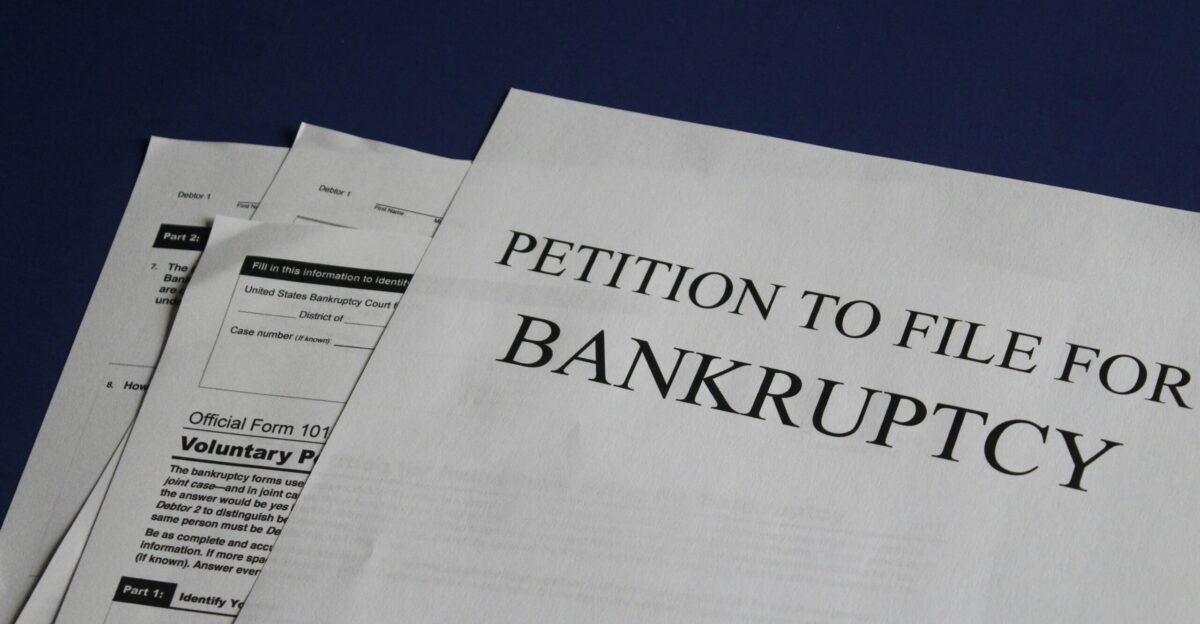
ATD’s troubles started well before bankruptcy. While stimulus payments during the pandemic drove tire demand, input costs rose even faster. Rubber prices jumped 20% in 2022. Carbon black and nylon cord went up over 40%. Shipping a 40-foot container from Shanghai cost eight times more.
At the same time, new U.S. tariffs raised the price of key parts by 7% to 25%. Warehouse labor also got more expensive. As ATD’s liquidity shrank, credit ratings dropped. Two covenant violations followed, and by October 22, 2024, the company had no choice but to file for Chapter 11 protection.
How ATD Used to Dominate the Tire Game
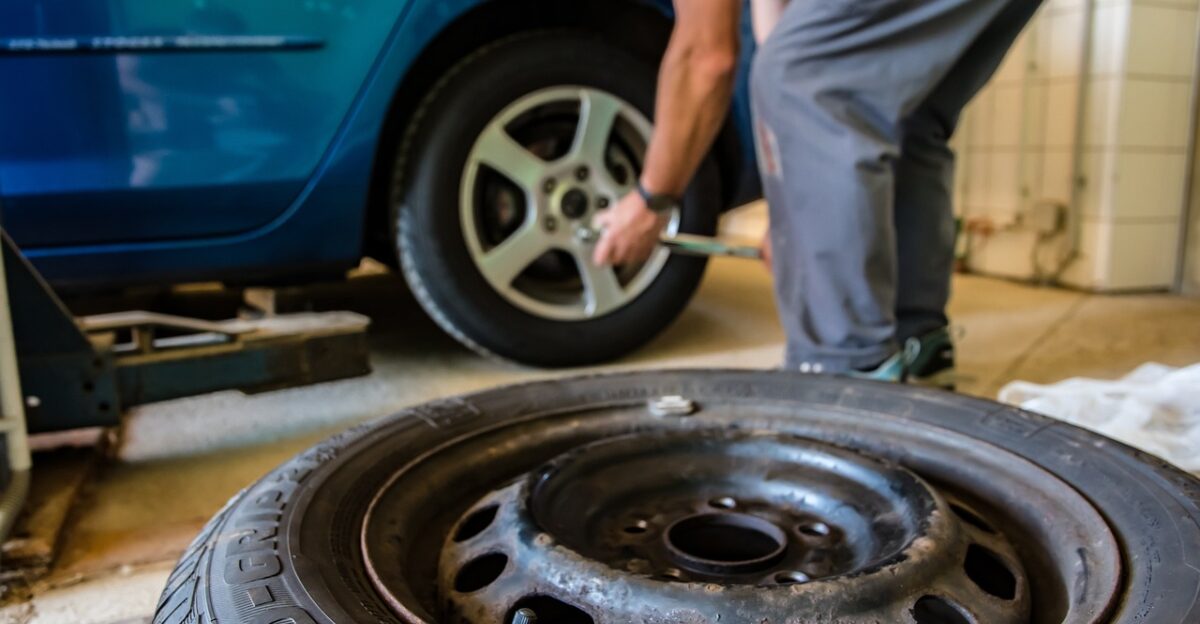
ATD once reached 80,000 shops through 115 warehouses, three mixing hubs, and two regional centers. It delivered 90,000 product types with same-day or next-day speed. Its 5,000-person workforce relied on thin profit margins, volume deals from top suppliers, and software tools like Torqata to stay competitive. But that wasn’t enough.
OEM-backed wholesalers like TireHub and NTW chipped away. Amazon added pressure with direct installs. ATD tried AI routing and logistics tech, but interest costs ate into funds meant for upgrades. Their IT system fell a year and a half behind. Next, the pandemic boom flipped to a painful bust.
A Buying Boom That Quickly Backfired

When tire demand soared 19% in 2020, ATD responded fast. It leased four half-million square-foot hubs and maxed out its credit line to build up stock. But when driving levels returned to normal in 2022 and material prices kept rising, stock piled up. Inventory days jumped from 47 to 69.
Then came even more pressure: European tariffs hit Chinese truck tires in early 2025, and U.S. duties raised costs for steel and EV parts. Profits shrank. In fiscal 2024, ATD’s gross margin fell to 1.9%. Its debt-to-earnings ratio exploded, and supplier confidence dropped hard.
Inside ATD’s Second Bankruptcy Round
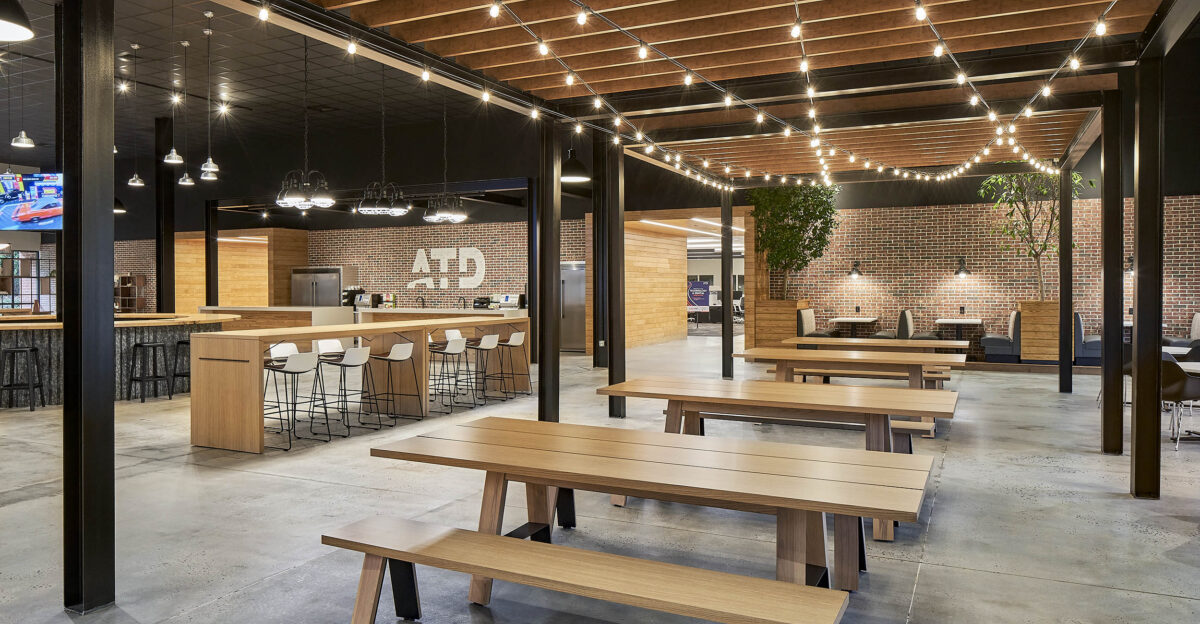
ATD’s October 2024 bankruptcy plan came with $1.45 billion in financing, including $250 million in new funds. The post-bankruptcy strategy included tech like automated forklifts and better tracking tools. But vendors were more worried about being paid. Goodyear and Continental were owed a combined $202.7 million and immediately demanded cash upfront.
Credit insurers also pulled back, limiting protection for smaller brands. These smaller companies were then forced to rethink their options. Right when ATD needed new partnerships the most, suppliers were getting cold feet. This made it even harder to rebuild the trust lost during the first collapse.
Why Goodyear Finally Walked Away

Goodyear’s June 2 announcement was blunt: Cooper and Mastercraft tires would no longer ship through ATD. Dealers had 15 days to switch providers. Officially, Goodyear said it was “optimizing its portfolio,” but the real reason ran deeper. ATD owed Goodyear $121.64 million before filing for bankruptcy.
Goodyear already had about 80 TireHub logistics centers running across the country. With strong coverage in place, it made a clean break. Going forward, Goodyear said it would only work with financially solid distribution partners.
Michelin’s Exit Hit Even Harder
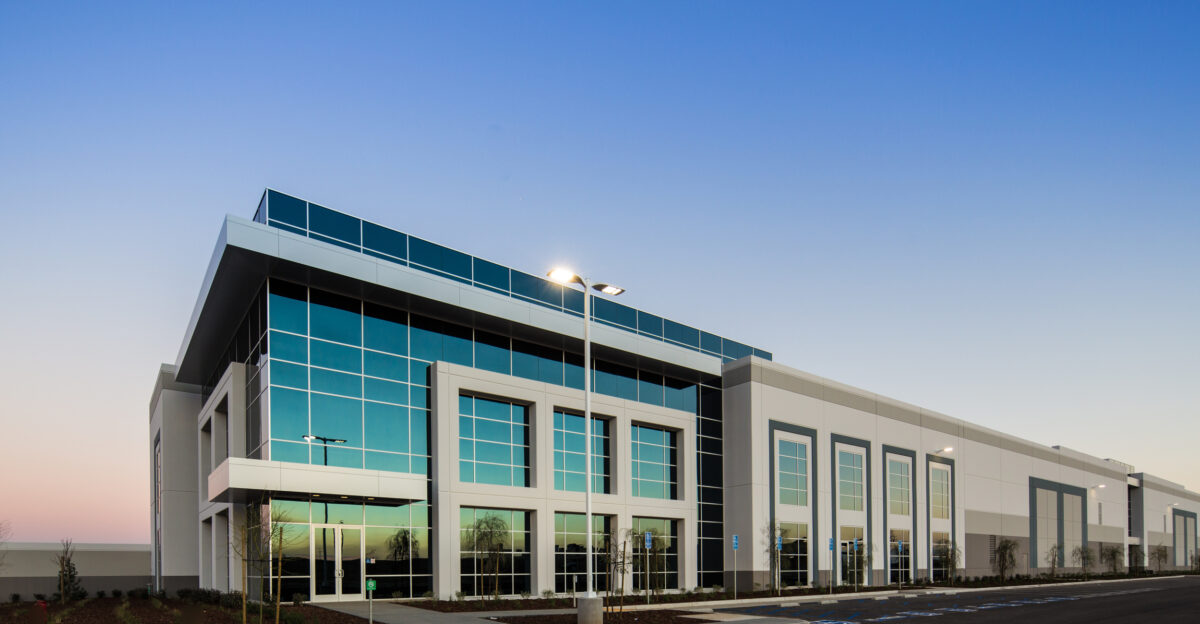
On June 16, 2025, Michelin dropped a bomb: ATD would no longer carry Michelin, BFGoodrich, Uniroyal, Camso, or Tweel products. Dealers were offered a $20 rebate per Michelin tire through the end of the year to ease the transition. Michelin brands made up one-fifth of ATD’s volume but brought in a third of its profit.
Cutting them meant ATD lost not just top products, but also dealer perks. Without Alliance program access, those perks disappeared. Tire Kingdom’s former VP, Lisa Alexander, put it plainly: “Lose Michelin and you lose mindshare.” For ATD, that loss was devastating.
How Shops and Dealers Are Feeling the Impact
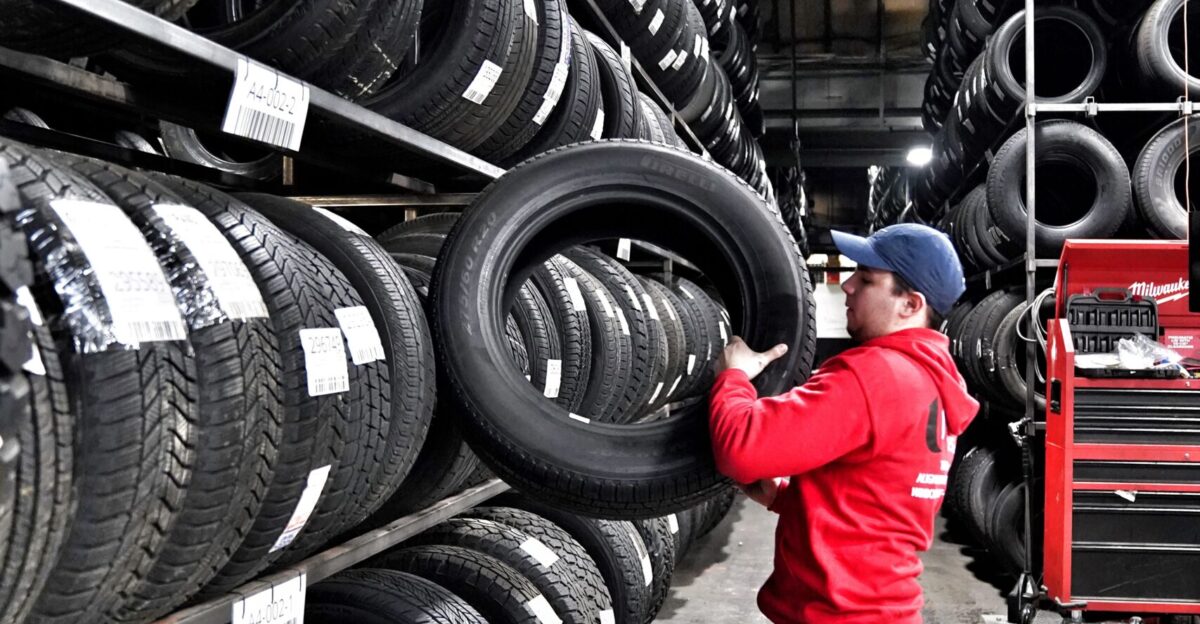
In small cities like Bozeman, Billings, and Rapid City, mechanics relied on ATD’s overnight runs. Now, some are waiting up to five days for rare BFGoodrich sizes. Resale prices jumped 12% to 15%, according to Torqata. TBC’s NTW saw a quick opportunity and signed 640 new accounts in just four weeks.
On Reddit, the tag #AT-Down exploded with nearly 2,000 mentions in two days. Private equity firms also took notice, snapping up four local wholesalers since March. Dealers want service they can count on, and right now, ATD is struggling to offer that kind of dependability.
Tariffs Are Making Things Even Worse
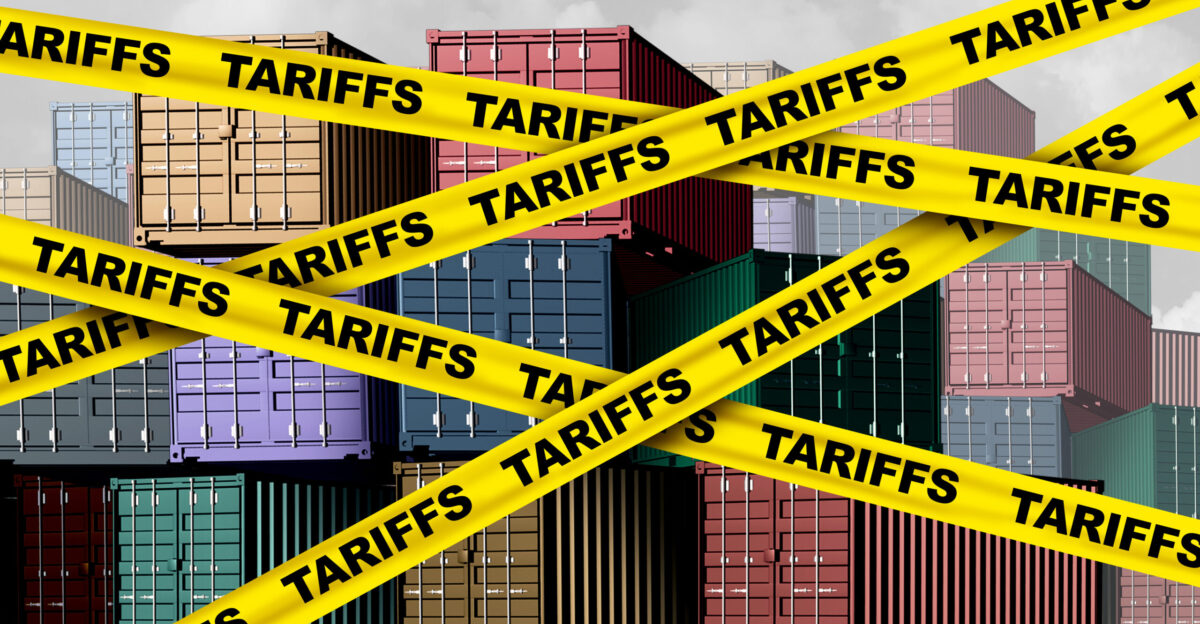
New tariffs are adding pressure. The Richmond Fed says 2025’s combined trade rules have pushed the average U.S. tariff rate to 12.4%. Yale’s Budget Lab estimates that households are paying an extra $3,800 each year because of it, and GDP could drop by 0.7 points.
For tire companies, this means looking beyond China. Many are now shifting supply to Mexico or Thailand, which adds time and confusion. Only well-funded businesses can afford to pre-pay duties and stock up. Without deep pockets or reliable cash flow, ATD is struggling to keep up in a market that’s rapidly changing.
What’s Next for ATD and the Industry

The auto parts world is shifting fast. Three major trends are shaping the future. First, big automakers and chains are absorbing more local dealers. Second, tech tools are replacing old rebate systems, so companies that lack good data may fall behind. Third, supply chains are moving across the Americas to avoid tariff risks.
For ATD to survive, it needs to regain supplier trust, invest in smarter inventory systems, and rebuild its rural delivery strength. The company still has a strong name after 90 years. But staying relevant now depends on more than warehouses and delivery trucks.
